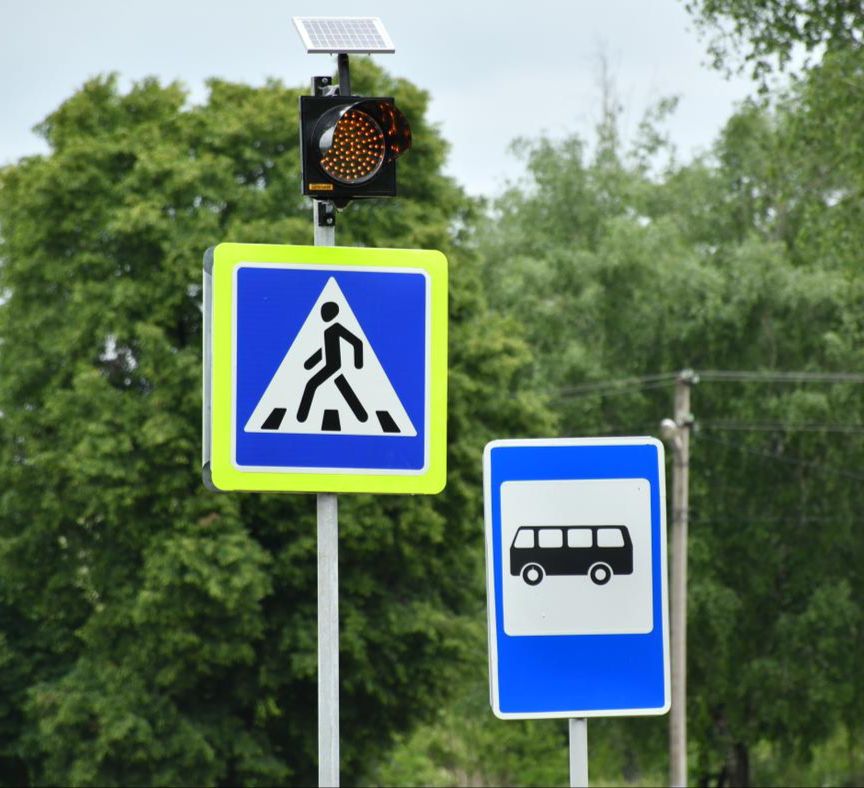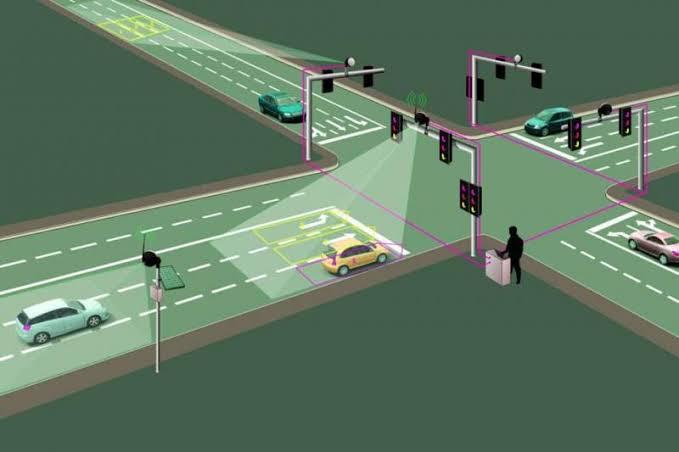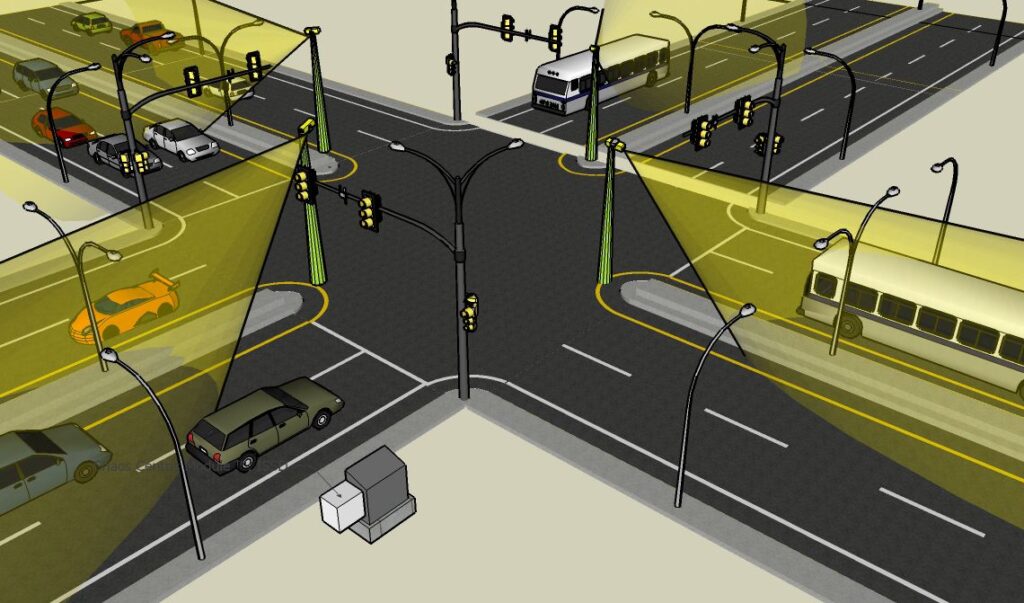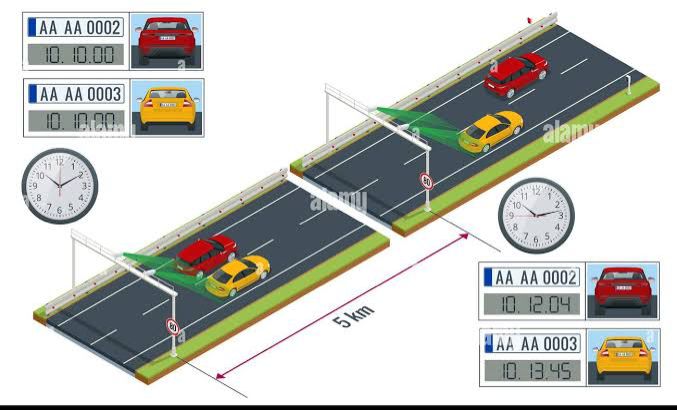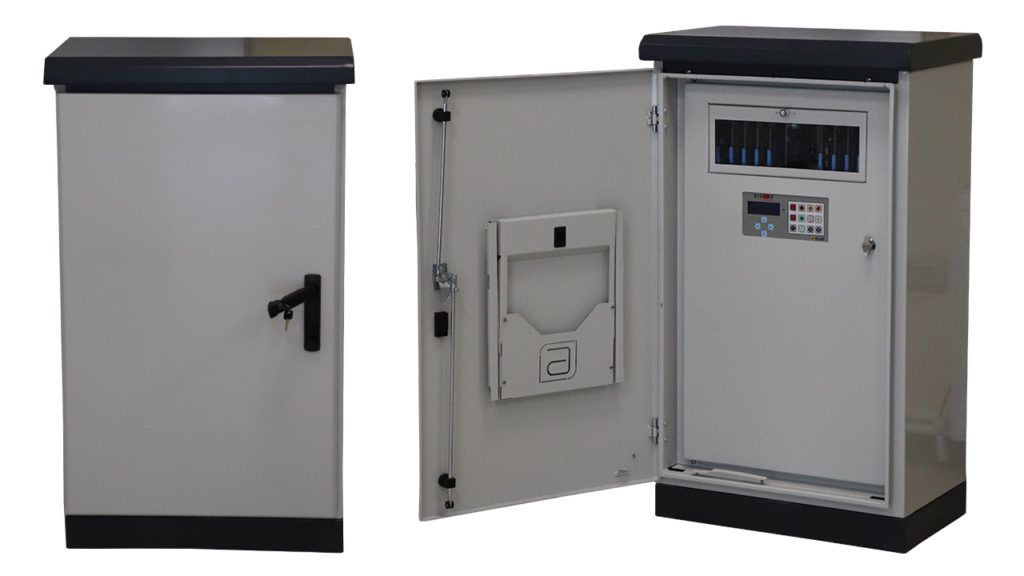
An Intersection Controller (IC), also known as a Traffic Signal Controller (TSC), is a management board that regulates traffic signals (traffic lights) at signalized intersections. It determines the timing and color of the traffic lights. The Intersection Controller (IC) takes necessary precautions to ensure traffic and road safety while performing this function. In Turkey, intersection controllers typically operate with 220 V AC, while in some European countries, they may use 42 V AC.
It is recommended that intersection controllers have at least an IP 54 protection rating due to their outdoor use. When selecting an intersection controller, the following key points should be considered:
- The intersection controller must comply with TS EN 50556 or EN 50556 standards, and it must have valid TSE or EN certifications.
- The number of signal groups in the controller is crucial. Generally, controllers have groups in multiples of four. It is advisable to include one additional group beyond the necessary number for a signalized intersection to accommodate potential future expansions. For example, a controller with 12 signal groups is recommended where 8 groups would be sufficient for a signalized intersection.
- To ensure the safety of traffic engineers and technicians using the controller, high-voltage and low-voltage components should be separated within the panel. A double-cover panel is recommended for this purpose.
- Additional modules, such as I/O cards or loop detectors, are required to detect and evaluate demands in applications like pedestrian crossings, tramway crossings, or loop detectors at intersections.
- Intersection controllers should be capable of communicating with central systems or traffic control centers. Communication can be established via GPRS modem or fiber optic cable. Controllers must be compatible with the central system’s communication requirements.
- Intersection controllers should function effectively within the scope of applications such as “Intelligent Transportation Systems,” “Intelligent Intersections,” and “Dynamic Intersections,” which are key topics in the “Smart Cities” concept. In this context, controllers should be able to integrate with external measurement systems, like cameras and sensors.
Comments
